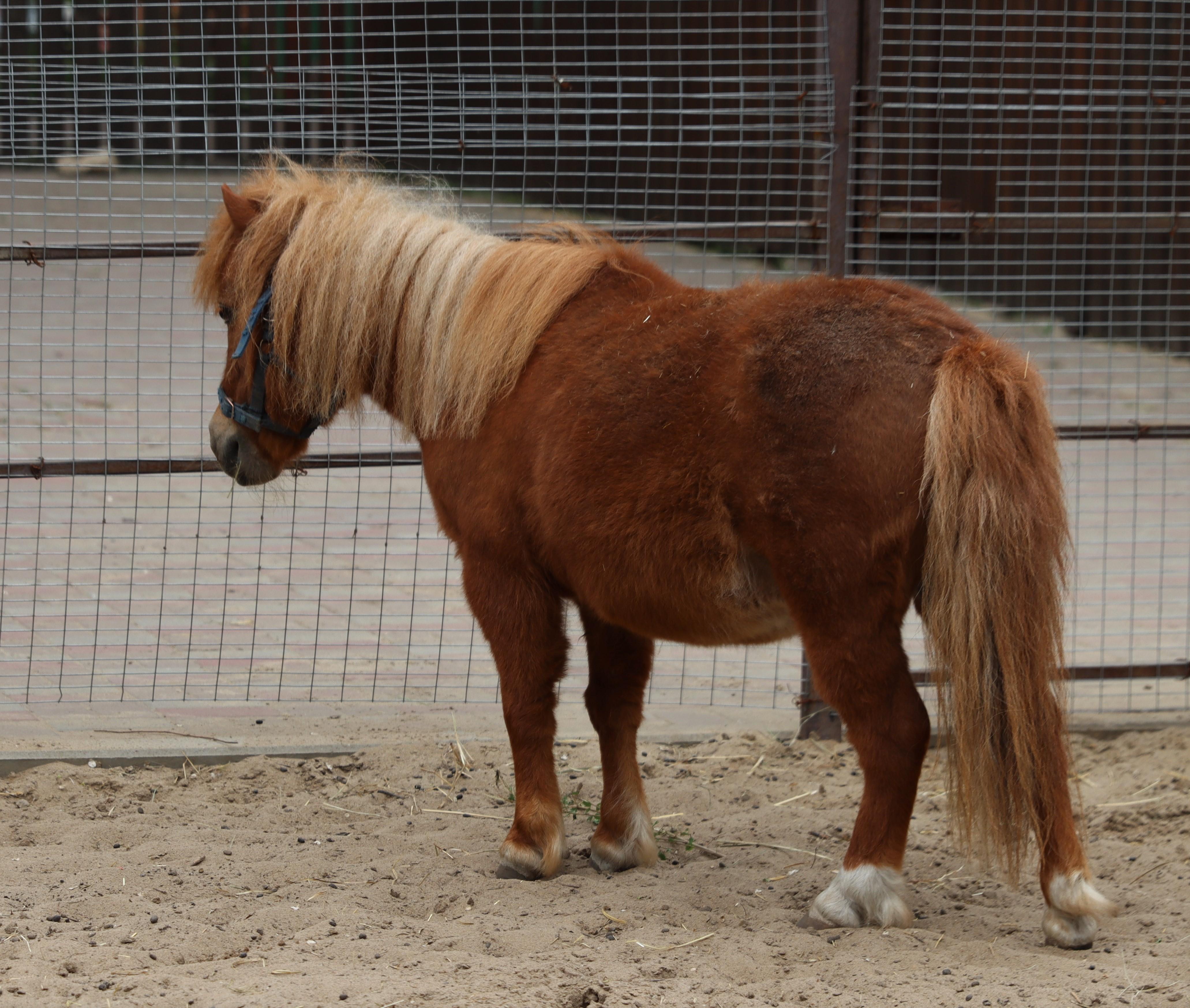is essential for any pet owner striving to nurture a happy and well-adjusted furry companion. Just like humans, dogs require regular physical activity to maintain not only their physical health but also their mental well-being. In this article, we will explore how exercise influences your dog’s behavior, highlighting the profound benefits that come from integrating physical activity into their daily routine. From alleviating anxiety and reducing destructive tendencies to fostering a stronger bond between you and your pet, the positive effects of exercise are manifold. Join us as we delve into the science and practical insights that will help you enrich your dog’s life, ensuring they are both active and content.
The Science Behind Exercise and Canine Happiness
Exercise is not just a physical necessity for dogs; it plays a crucial role in their overall happiness and mental well-being. Scientifically, engaging in physical activities triggers the release of endorphins, often referred to as the “feel-good” hormones, in a dog’s brain. These endorphins contribute to reducing stress, anxiety, and even depression, creating a more balanced and content pet. Regular exercise also enhances a dog’s ability to focus, improves their sleep patterns, and increases their capacity to learn new commands and tricks, leading to a more fulfilling and enriched life.
Incorporating daily exercise into your dog’s routine can yield numerous behavioral benefits. Some of these include:
- Reduction in destructive behavior such as chewing and digging, often caused by boredom.
- Improved social skills through interactions with other dogs and humans during walks or playtime.
- Enhanced bonding between you and your furry friend, fostering trust and understanding.
- Decreased aggression levels by channeling their energy into positive outlets.
Ultimately, a well-exercised dog is a happier, healthier companion, making the time spent on these activities a rewarding investment for both of you.

Tailoring Exercise Routines to Your Dogs Unique Needs
Every dog is a world unto itself, with its own set of quirks, preferences, and health considerations. Crafting an exercise regimen that resonates with your dog’s unique characteristics is crucial for enhancing not only their physical health but also their overall well-being and behavior. Understanding your dog’s breed, age, and temperament can be the key to unlocking the perfect balance of activity. For instance, a young Border Collie thrives on agility courses and mental challenges, while a senior Bulldog might benefit from gentle strolls and short, engaging play sessions.
- Breed-specific Needs: High-energy breeds require more intense physical and mental stimulation.
- Age Considerations: Puppies need play that encourages learning and growth, whereas older dogs benefit from low-impact activities.
- Temperament: Shy or anxious dogs may require calm, structured exercises to build confidence.
Adapting to these needs not only keeps your furry friend healthy but also positively influences their behavior, reducing stress and anxiety while enhancing social skills. A tailored exercise plan can be a harmonious blend of fun and functionality, nurturing a happier, more balanced companion.
Recognizing Behavioral Changes Post-Exercise
After a session of physical activity, dogs often exhibit a range of noticeable behavioral changes that can provide insights into their well-being. One of the most immediate transformations is an increase in calmness and relaxation. Many pet owners observe that their dogs tend to settle down more easily and show reduced levels of hyperactivity. This can be attributed to the release of pent-up energy and the production of endorphins, which are known to promote feelings of happiness and contentment.
Additionally, you might notice improvements in your dog’s overall demeanor and social interactions. Regular exercise often leads to:
- Enhanced focus: Dogs that engage in consistent physical activity tend to show improved attention spans, making them more receptive to training and commands.
- Reduced anxiety: Exercise serves as a natural outlet for stress, helping to mitigate behaviors linked to anxiety, such as excessive barking or destructive chewing.
- Better sleep patterns: A well-exercised dog is likely to experience more restful sleep, which in turn can lead to a more balanced temperament during waking hours.
Recognizing these behavioral shifts not only deepens the bond between you and your furry friend but also ensures their mental and physical health is in top condition.
Creating a Balanced Exercise Plan for a Happier Pup
Crafting a well-rounded exercise plan for your furry friend involves understanding their unique needs and preferences. A balanced routine not only promotes physical health but also contributes to a more content and well-behaved companion. Begin by assessing your pup’s age, breed, and energy level to determine the appropriate intensity and duration of activities. Consider incorporating a mix of exercises to keep your pup engaged and stimulated.
- Walks: Regular walks provide essential physical activity and mental stimulation. Vary the route to introduce new sights and smells.
- Playtime: Engage in interactive games like fetch or tug-of-war to build your bond and burn off excess energy.
- Training: Incorporate short training sessions to sharpen obedience skills while providing mental exercise.
- Socialization: Arrange playdates or visits to the dog park to improve social skills and reduce anxiety.
By combining these elements, you’ll create a comprehensive exercise plan that supports both the physical and emotional well-being of your dog, leading to a happier and more harmonious household.

